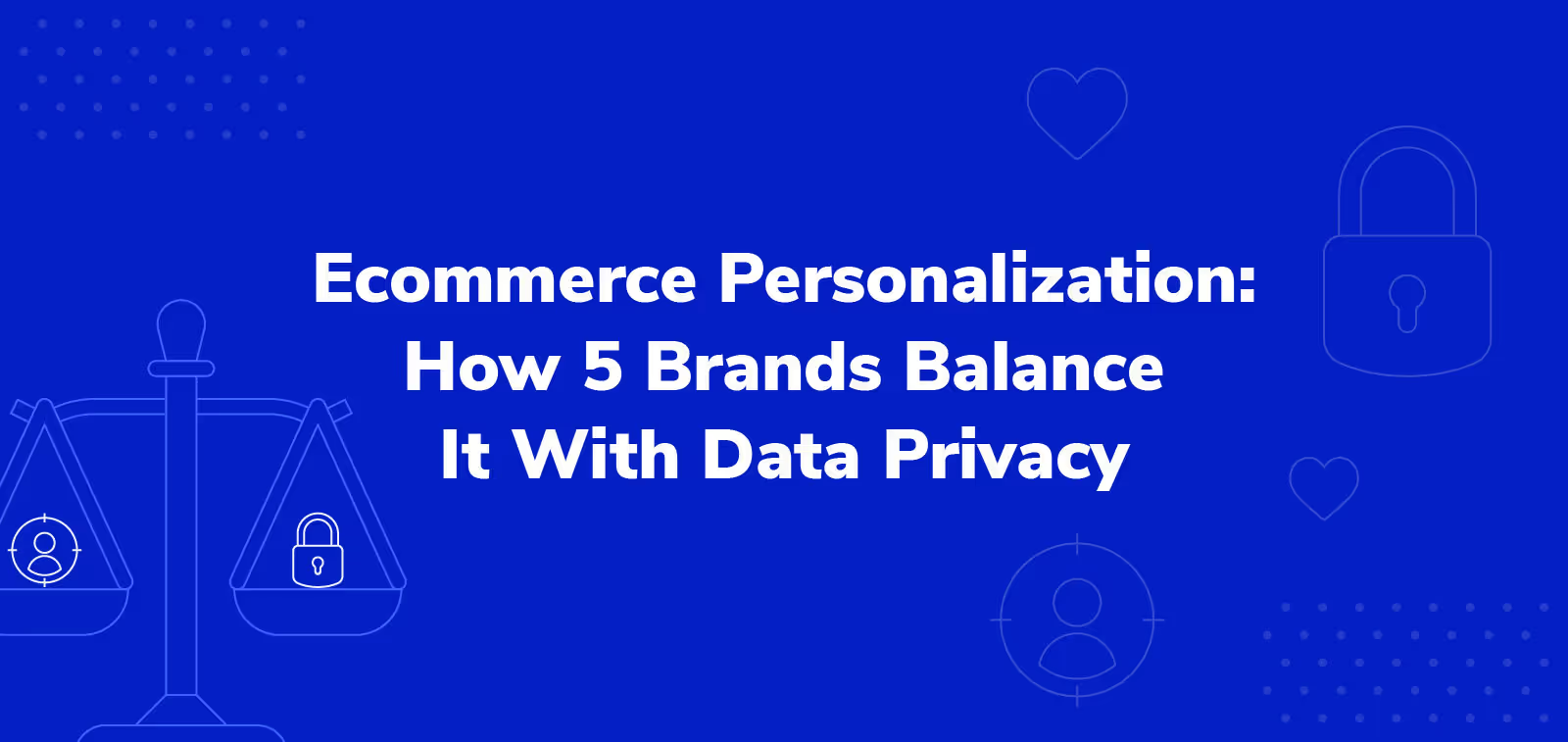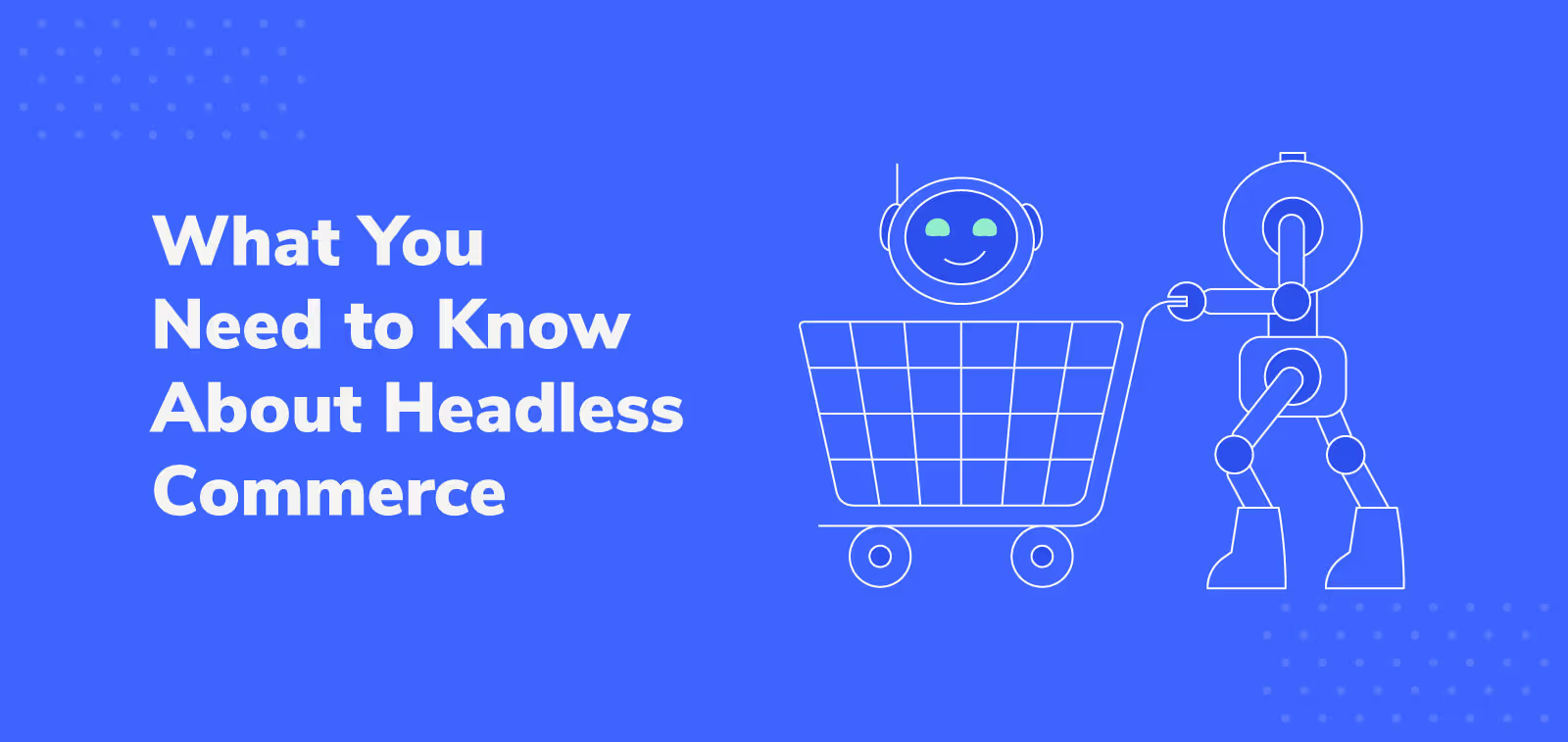The Ultimate Guide to Disruptive Post-Purchase Marketing

When a shopper on your mailing list finally places their first order after weeks of nurturing, you might breathe a sigh of relief…but only for a moment. There’s plenty of work to do because now you’re in a battle for customer retention — and the stakes couldn’t be higher.
In 2022, RetentionX studied the repeat purchase rates of their D2C clients based on total revenue after three years of business. For brands with average revenue, only 30% of their first-time buyers returned. However, customers who made a second purchase also, on average, made three subsequent purchases over their lifetime.
To get customers to make that invaluable second purchase, you’ll need convincing messaging. Post-purchase marketing is often the great differentiator between a new customer buying again or jumping to a competitor.
As customers get savvier — and less loyal — it’s never been more important for post-purchase marketing to anticipate and meet the needs of existing customers. Follow this guide to create post-purchase communication that increases both retention and customer lifetime value.
What is post-purchase marketing?
Post-purchase marketing is any communication you send to existing customers that encourages them to make another purchase.
This communication includes emails, SMS messages, website pop-ups, live chats, and social media retargeting ads. Brands often personalize this messaging based on segmentation, so the communication reflects customers' needs and pushes them toward a second sale.
5 post-purchase marketing best practices
These days it takes more than a thank-you email and product recommendations to stand out in customers’ minds. Follow these best practices to make sure you’re creating post-purchase marketing that’s helpful for customers and encouraging sales at multiple touchpoints.
Ask buyers how you can add value to their experience
Shoppers are unlikely to buy another product if they have concerns about your brand. Motivate them to place another order by using a post-purchase survey to learn what improvements they want from your company. Then address those ideas in your post-purchase marketing.
Net Promoter Score (NPS) surveys give you a good indication of a customer’s willingness to purchase again. They typically ask customers, “On a scale of 0 to 10, how likely are you to recommend [your brand] to a friend based on your experience of [the product they recently purchased]?” Scores of 0 to 6 mean the customer is unhappy and unlikely to buy again, while scores of 9 to 10 indicate a high likelihood of making a repeat purchase.
Alongside the main question, gather open-ended feedback with a simple follow-up question like, “Is there anything specific we can do to improve your experience [with our brand or product]?” With these responses, you'll have plenty of ideas about how to tailor your post-purchase marketing.
Suppose you launch a new line of gaming headphones and send an NPS survey to first-time buyers two weeks after the sale.
- Segment customers who respond with a 9 or higher and consider sending them a post-purchase upsell campaign on a new gaming console.
- Customers who respond with anything from 0 to 6 need a more specialized win-back campaign. Their unhappiness is a clear sign they might not shop with you again. You can follow up with a thank you and an acknowledgment of their survey response, a request for more detailed feedback, and a discount on their next pair of headphones.
Beyond reading NPS survey responses yourself, you can also use a sentiment analysis tool to detect customers’ feelings based on their language. This analysis helps you quickly segment happy and unhappy customers and identify what is leading to dissatisfaction.
Take the gaming headphones. If your sentiment analysis shows that negative responses often use the term “fuzzy,” there’s a good chance your product team needs to improve the headphone’s sound quality.
Tip: Adopt a customer feedback platform
To collect input quickly, use a customer feedback platform like Delighted. Users can send a variety of surveys, including NPS, through the tool.
Delighted also integrates with email/SMS automation platforms like Klaviyo and ecommerce providers like Shopify. Here’s how you might design a seamless survey experience with these three platforms.
- When a customer buys a pair of headphones through Shopify, it triggers a communication flow in Klaviyo.
- Two weeks after the purchase, an email or SMS containing the Delighted survey goes out via Klaviyo.
- Delighted associates survey scores with customer profiles in Klaviyo, automatically creating segments. Now you don’t risk sending an upsell campaign to an unhappy customer.
- Delighted also performs sentiment analysis on open-ended feedback.
Use customer support as a sales channel
While support agents aren’t sales reps, they heavily influence a customer’s decision to buy again. A good support experience can salvage a relationship with an unhappy customer, so they’re willing to purchase again. Or a support agent might find a natural opportunity while responding to a post-purchase email to recommend a product the customer might like.
Zendesk’s research shows how well support drives sales. The company found in a study that 81% of customers are more likely to make another purchase after a positive support experience. In the same study, 47% of business leaders said that customer support teams increase their ability to cross-sell.
The key to using support as a sales channel is making sure support agents have access to customer details — particularly purchase history. Connect your agents’ communication tools to your CRM and ecommerce platform to make sure they have easy access to essential customer information.

Suppose an existing customer uses your live chat feature to ask whether your gaming headphones come in red. Your chat and ecommerce platforms are integrated, so agents can see the customer’s purchase and communication history from the chat and use it to guide their interaction.
The customer calling about the headphones may have already purchased a gaming console and responded to a post-purchase NPS survey with a 6. Seeing that the customer is not the happiest, the agent can offer an on-the-fly discount on the headphones to encourage a sale.
Tip: Emphasize proactive customer support.
While training your support agents, integrate a customer service suite like Gladly with your ecommerce platform.
- Gladly allows for proactive customer communication and can even route VIP customers to specific agents.
- Set up multichannel communication, so customers can contact you through their preferred channel — email, Facebook Messenger, etc. Gladly tracks all communications regardless of channel.
- Gladly also integrates with Delighted, making it easy to trigger surveys related to the support experience. Agents can see survey responses and use them in their support interactions.
Clearly communicate loyalty program rewards and restrictions
Generous customer loyalty programs incentivize repeat purchases with the promise of perks. Use your post-purchase marketing to build excitement about the rewards and be transparent about the rules.
Suppose you award points for following your Instagram account, writing a testimonial, or sending a referral. To encourage the redemption of points, you assign an expiration date on the points and send the following post-purchase marketing messages:
- Include the point expiration policy in your loyalty program welcome email.
- Send an email/SMS message to customers three months before the points expire.
- If a customer gets close to earning enough points to unlock better discounts or perks, you can send a message reminding them how close they are and how to gather the remaining points.
If you don’t communicate effectively, customer backlash can be swift. Take this example: when a loyalty program member couldn’t redeem promised points, they created a post-purchase marketing nightmare for the brand.

Tip: Make it easy for customers to access their point balances.
Yotpo is a loyalty platform that lets you award points for a variety of tasks.
- Thanks to its integration with ecommerce platforms like Shopify and BigCommerce, customers can see their point balance at checkout and in email/SMS communications.
- Yotpo lets you segment customers by point balance, point expiration, last purchase date, VIP tier, and more.
Yotpo also integrates with Klaviyo, so any segments you create in Yotpo can live in Klaviyo, as well. You may want to send different email/SMS engagement campaigns to loyalty program VIPs and non-VIPs.
Prioritize online exchanges over refunds
Customers are often disappointed when they decide to return a product, but a flexible return policy can offset that feeling and encourage them to buy again. Plus, it demonstrates good will to the consumer: a 2022 Loop study found that 97% of customers believe “retailers with flexible and extensive return policies care more about their customer base.”
Save customer relationships by giving shoppers multiple return options — including online exchanges.
While some shoppers may want a refund, others will be eager to use a product that works for them. Ideally, they can receive that replacement through an online exchange shortly after returning the original product.
Tip: Turn exchanges into upsell opportunities.
To offer online exchanges, integrate return software like Returnly and Loop with your ecommerce platform.
- When a customer initiates a return, the return software recommends products from your catalog to encourage an exchange.
- As customers browse for a replacement, Loop offers upselling opportunities, so the customer may end up exchanging for a more expensive item.

- Both return software systems allow feedback on why a customer is exchanging an item. This feedback might reveal a product issue that needs immediate attention.
- Along with using return software, mention your online exchanges in order confirmation emails. Customers may feel less post-purchase dissonance knowing they have a flexible return option if needed.
Offer shipping and product protection plans during the buying process
Modern shipping and product protection plans safeguard products — and provide consumers with peace of mind — from accidental damage. But it’s the plans’ seamless claims experience that so positively influences customers’ post-purchase behavior.
Say you own a furniture ecommerce brand, and a customer's pet has an accident on one of your couches. If you make it easy for the customer to recoup their investment in the couch, you’ve turned disappointment into anticipation. And that opens the door to customer retention.
The best plan providers let customers start a claim or service request online with only their email address, just in case they lose their receipt. Even better, these providers return a decision about the claim in a matter of seconds. From a marketing perspective, this experience enhances the way customers view your brand, even though the plan provider handles the claims.

Sure, consumers might have to pay to add shipping and product protection plans to their orders. But if you successfully market the post-purchase experience they’ll get, many will be happy to add it to their carts in case they need them post-purchase.
Tip: Market shipping/product protection plans’ easy claim resolution.
You’ll need a technology provider to add shipping and product protection plans to your comprehensive ecommerce experience.
Plan providers like Extend integrate seamlessly with ecommerce platforms like Shopify and BigCommerce. Customers can buy a plan as easily as they buy one of your products, knowing that it will improve their post-purchase experience.
Depending on the plan and the particular situation, Extend will process a claim and send customers back to your store to choose a replacement product. Retention is practically “baked” into the plan’s post-purchase experience.
Because of Extend’s Shopify integration, you can track whether a customer has added a plan to their order. For those who don’t add a plan, you can consider triggering a post-purchase email or SMS encouraging them to buy one. Customers who end up needing a plan will thank you later.
How to measure post-purchase marketing (and improve it)
Monitor the likelihood of first-time customers making another purchase by paying close attention to these KPIs.
Repeat purchase rate (RPR)
The point of post-purchase marketing is to drive repeat sales, which underscores the importance of this metric.
Calculate this metric by first establishing the time period to measure. If you launch a post-purchase marketing campaign or experience at the beginning of Q2, measure RPR at the end of the quarter.
Once you’ve established the time period, divide your total customers at the end of the period by the number of customers who’ve purchased twice in the time period, then multiply by 100.
Many factors can improve RPR. So to link the metric to a post-purchase campaign, also send a campaign-related NPS survey toward the end of the quarter. If NPS results are positive and RPR is higher than the previous time period, your post-purchase campaign or experience was likely the cause.
CLV:CAC ratio
If your post-purchase marketing leads to more repeat sales, you’re getting better ROI out of your customer acquisition costs (CAC). Customers who stick around longer have a higher lifetime value (CLV). The CLV:CAC ratio helps you monitor this relationship and gives you a quick read on customer retention.
Though it can vary from business to business, a healthy CLV:CAC ratio is generally 3:1. Customers should be generating three times the value of what it costs to acquire them.
When the ratio gets close to 1:1, it likely means you’re shedding customers faster than you can acquire them. You need to reevaluate your post-purchase marketing strategy.
Customer effort score (CES)
CES measures how hard it is for customers to complete a task or use a service. It’s an especially useful metric for evaluating the seamlessness of post-purchase experience touchpoints, like redeeming loyalty points or resolving a plan claim.
Customers who can’t quickly connect with a support agent or easily complete an online exchange are less likely to buy again. So to encourage repeat purchases, monitor customer effort scores around post-purchase touchpoints and aim to minimize friction.
A CES question might ask, “On a scale of 1 (very easy) to 7 (very difficult), how easy was it to redeem your loyalty points?” Like an NPS survey, add an open-ended question for granular customer feedback.
As an FYI, the customer experience software platform Delighted that we mentioned earlier manages CES feedback, allowing you to quickly identify issues that need attention.
Net social sentiment (NSS)
NSS measures the happiness level among those who mention your brand online or topics of interest to your brand.
Many of these online conversations touch on post-purchase moments like returns. Using software like Delighted, target specific keywords related to returns like “refunds” or “exchanges.” If the word “slow” overwhelmingly surrounds “exchanges,” overall sentiment is negative. “Easy” would indicate positive sentiment.
To calculate NSS, Delighted simply subtracts the number of negative conversations from the number of positive conversations. Use the metric to measure sentiment across social media channels or open-ended survey responses.
If overall social media sentiment around returns is negative, for example, you may need to send a survey to get to the root of the issue.
Boost post-purchase marketing conversions with Extend
A winning post-purchase marketing strategy is equal parts strategy and execution. A loyalty program might make strategic sense, but if it’s difficult for the customer to navigate, it can drive customers away. The post-purchase customer experience is as important, if not more important, than the service itself.
With Extend, both the service and experience inspire repeat customers to buy again. Customers get more than a product repair or replacement — they get through the claims process efficiently and without any hassle.
To learn more about adding Extend plans to your post-purchase marketing strategy, click here for a free demo.
Aaron Sullivan is senior content marketing manager at Extend. He specializes in writing about e-commerce, finance, entertainment, and beer.
.svg)












































.avif)











